225 Capacitor: Unlock High Performance for Your Electronic Designs!
The 225 capacitor typically denotes a capacitance of 2,200,000 picofarads (or 2.2µF), derived from the three-digit coding system where ‘22’ specifies the significant figures, and ‘5’ indicates the number of zeros to follow. This capacitor plays a vital role in energy storage and filtering applications.
225 Capacitor Different Types
Capacitor 225
The capacitor 225 represents a capacitance value of 2,200,000 picofarads (or 2.2µF). It is widely used in various applications, including filtering, buffering, and decoupling in electronic circuits. Typically found in both consumer and industrial devices, such as audio equipment and power supplies, the capacitor can effectively store and release energy, smoothing voltage fluctuations. Available in multiple variants, including 225J and 225K, these capacitors offer different tolerance levels suitable for specific applications. The versatility, reliability, and performance of the capacitor 225 make it an essential component in modern electronic designs across diverse industries.

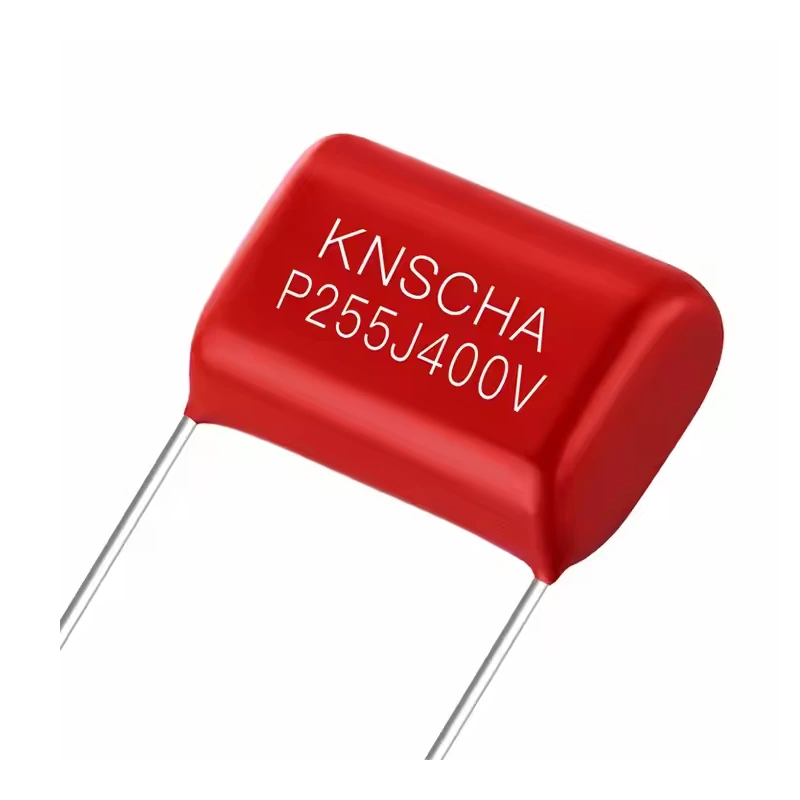
225J Capacitor
The 225J capacitor is a precision component with a capacitance value of 2.2µF and a tolerance of ±5%. This capacitor type is favored in applications requiring accuracy, such as filtering and timing circuits. It provides stability in various electronic devices, ensuring consistent performance under fluctuating conditions. With its ability to handle moderate voltage levels, the 225J variant is commonly employed in audio equipment, automotive electronics, and telecommunications. Engineers appreciate the design and reliability of the 225J capacitor, which enhances electronic circuit efficiency by effectively smoothing voltage supply and reducing noise, making it an integral part of many modern technologies.
225J 250V Capacitor
The 225J 250V capacitor offers a capacitance of 2.2µF with a voltage rating of 250 volts. This specific configuration makes it suitable for medium voltage applications in various electronic circuits. The J tolerance of ±5% provides reliability and precision in its capacitance, making it an ideal choice for power supply filters and decoupling applications. Widely used in consumer electronics, including televisions and audio systems, this capacitor helps improve performance by reducing noise and stabilizing voltage levels. Its robust design and ability to handle significant electrical stress extend the lifespan of devices, ensuring high-quality sound and reliable operation in all conditions.
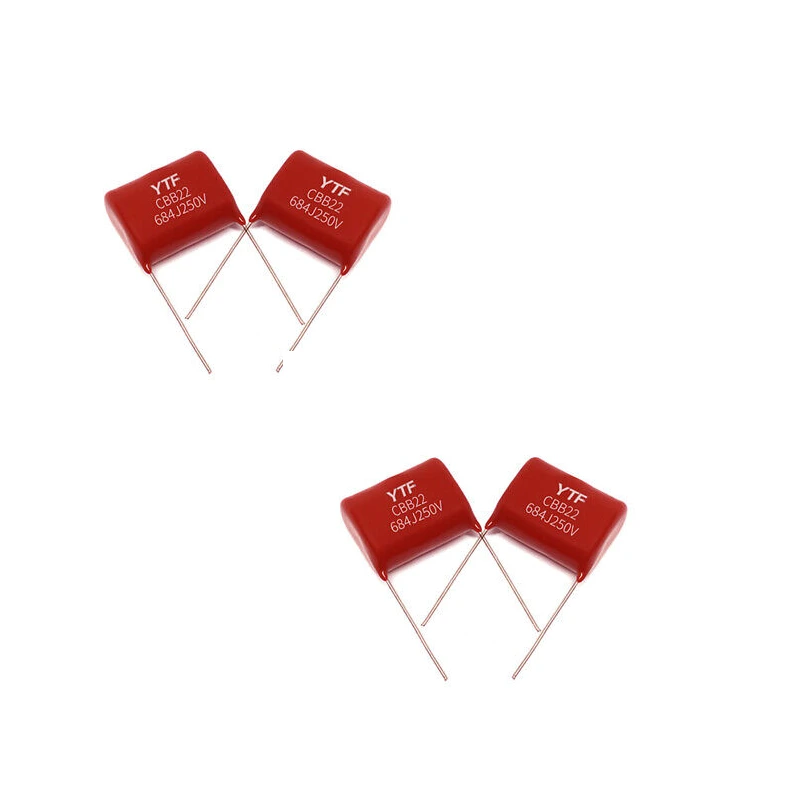
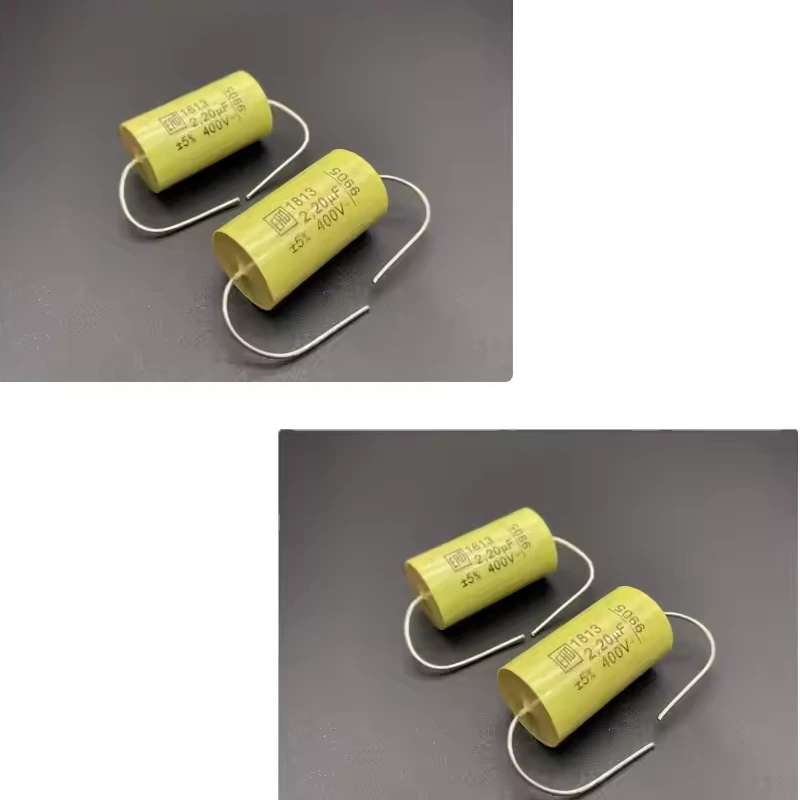
225J 400V Capacitor
The 225J 400V capacitor features a capacitance value of 2.2µF and boasts a voltage rating of 400 volts, making it suitable for high-voltage applications. This variant, with a tolerance of ±5%, excels in environments where precision and reliability are essential. Commonly utilized in power supply circuits, this capacitor effectively filters out electrical noise, providing stable voltage levels. Its robust construction allows it to handle surges and fluctuations, ensuring optimal performance in automotive, industrial, and telecommunications applications. The 225J 400V capacitor not only enhances circuit stability but also contributes to the longevity and efficiency of electronic systems, supporting modern technology demands.
225K 250V Capacitor
The 225K 250V capacitor possesses a capacitance value of 2.2µF paired with a voltage rating of 250 volts, suited for a range of medium voltage applications. With a tolerance of ±10%, this capacitor offers flexibility in general-purpose electronic circuits and devices. It is commonly used in power filters, timing applications, and energy storage solutions in consumer electronics. The 225K variant provides reliable performance, managing voltage fluctuations effectively and enhancing overall circuit efficiency. Its robust performance and ease of integration make the 225K 250V capacitor a popular choice among engineers, ensuring stability and quality in various electronic applications.
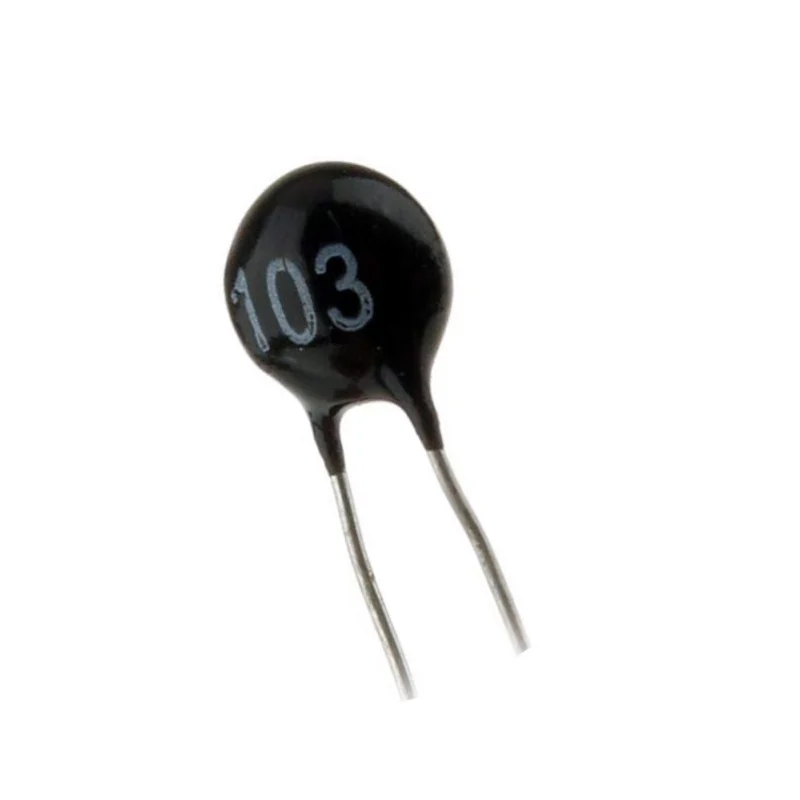

225K 400V Capacitor
The 225K 400V capacitor is engineered with a capacitance of 2.2µF and a voltage rating of 400 volts, making it well-suited for high-voltage applications. This capacitor type, characterized by a tolerance of ±10%, is ideal for general-purpose use across various electronic circuits. It can be found in applications ranging from power supplies to filtration systems, providing essential energy storage and voltage stabilization. The 225K variant’s ability to handle higher voltage levels while maintaining stable performance makes it a reliable component in industrial and consumer electronics. By effectively reducing ripple and noise, the 225K 400V capacitor enhances the operational efficiency of devices.
225P Capacitor
The 225P capacitor is characterized by a capacitance of 2.2µF and is typically used in applications where low voltage handling is required. This type refers to a non-polarized capacitor, making it suitable for both AC and DC applications. The P designation generally indicates polyester film construction, which is known for stability and reliability across a wide temperature range. The 225P capacitor is widely used in decoupling and filtering applications in consumer electronics and industrial equipment. Its robust performance and ability to mitigate electrical noise make it an important component in enhancing the reliability and efficiency of electronic circuits across various sectors.
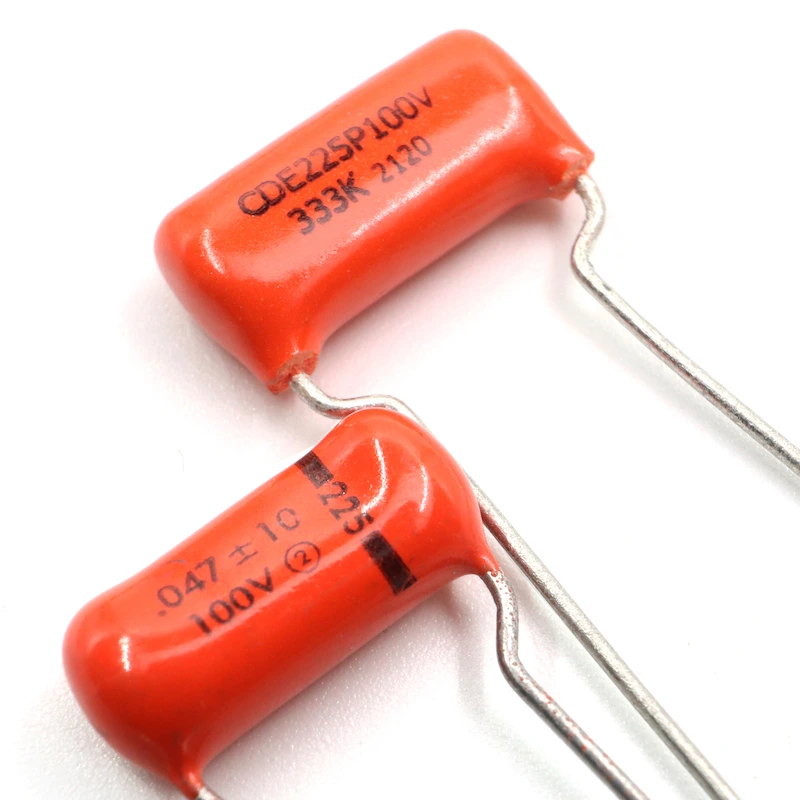
225 Capacitor Applications and Uses
Automotive Industry
- Product: Electric Vehicle Energy Management System
- Position 1: Battery Management
The 225 capacitor is utilized in battery management systems to smooth voltage fluctuations and maintain stable power while charging or discharging. - Position 2: Electric Motor Driver
In the motor driver circuits, the capacitor helps filter noise, contributing to a smoother operation and extending the motor’s lifespan. - Position 3: Signal Conditioning
The capacitor assists in conditioning signals from various sensors, ensuring accurate data transmission to control units.
- Position 1: Battery Management
Consumer Electronics
- Product: Home Audio System
- Position 1: Power Supply Filtering
Inside power supply units, 225 capacitors filter out electrical noise, enhancing audio quality and ensuring consistent power delivery. - Position 2: Speaker Crossovers
Used in crossovers, the capacitor will manage frequency distribution to ensure optimal sound quality in high and low ranges. - Position 3: Amplifier Decoupling
In amplifiers, 225 capacitors serve as decoupling elements to maintain stability and prevent interference from power supply variations.
- Position 1: Power Supply Filtering
Telecommunications
- Product: Base Transceiver Station
- Position 1: RF Amplifier
The 225 capacitor is employed in RF amplifiers to stabilize voltage and enhance signal strength during transmission. - Position 2: Power Supply Decoupling
Used in the power supply circuits, it decouples high-frequency noise, ensuring clean power to sensitive components. - Position 3: Signal Conditioning Circuits
In signal conditioning applications, these capacitors help filter and smooth data signals, facilitating effective communication.
- Position 1: RF Amplifier
Industrial Equipment
- Product: Industrial Inverter
- Position 1: Converter Circuits
The 225 capacitor is used in the DC-AC converter circuits, smoothing voltage outputs for consistent power delivery. - Position 2: Snubber Circuits
It helps manage voltage spikes in inverter systems, protecting other components and ensuring safe operation. - Position 3: Control Systems
Integrating into control systems, the capacitor aids in maintaining stable operation, crucial for the precise performance of machines.
- Position 1: Converter Circuits
The models used in combination include 4700uf 50v capacitor, 47uf capacitor, 471uf capacitor, 472uf capacitor, 473uf capacitor, high voltage capacitor, aluminum electrolytic capacitor, blown capacitor, filter capacitor, mica capacitor, 50 5 capacitor, 103 capacitor,fan capacitor,audio capacitor. microfarad capacitor.
225 Capacitor Capacitor Values and Codes
The 225 capacitor designation is crucial in electronic components, particularly concerning its value and application. The capacitor value 225 corresponds to a capacitance of 2,200,000 picofarads or 2.2µF, widely used in various circuits. The capacitor code 225 allows designers to quickly identify the necessary specifications for high-performance electronic assemblies.
Specific variations exist within this category. For instance, the 225j capacitor value indicates a tolerance of ±5%, making it exceptional in applications requiring high precision. This capacitor is utilized in areas like filtering and decoupling due to its ability to maintain stable capacitance values under varying conditions. Likewise, 225j 400V capacitor value speaks to its capability to withstand high voltage applications, positioning it well for demanding environments.
On the other hand, the 225k capacitor value, which features a tolerance of ±10%, is better suited for general-purpose applications where slight capacitance variations are acceptable. The flexibility of having different tolerances allows engineers to select the appropriate capacitor based on the specific requirements of their circuits.
Engineers often refer to the specifications listed in datasheets to ensure correct usage. Understanding the unique values and codes associated with capacitors enables better performance and reliability in electronic designs, ranging from filtering circuits to energy storage solutions. By adhering to established capacitor code standards, manufacturers ensure compatibility across multiple devices and applications, fostering innovation in electronics.
225 Capacitor FAQs
The 225 capacitor typically has a capacitance value of 2,200,000 picofarads, or 2.2µF.
The 'J' indicates a tolerance of ±5%, making it suitable for applications requiring precise capacitance.
Yes, depending on the variant; for example, 225J capacitors are available with voltage ratings up to 400V.
They are widely used in automotive systems, audio equipment, telecommunications devices, and industrial applications.
The 225J capacitor has a tolerance of ±5%, while the 225K has a tolerance of ±10%, which affects their accuracy in applications.